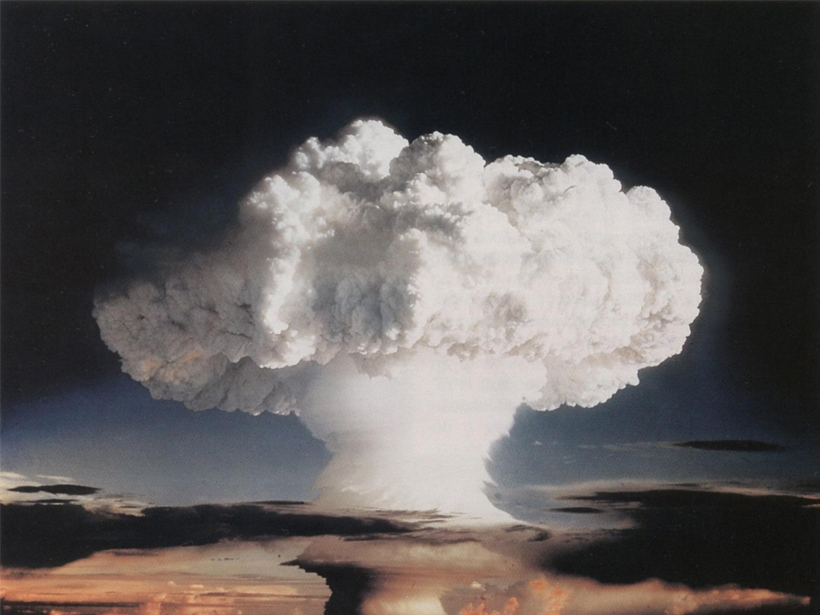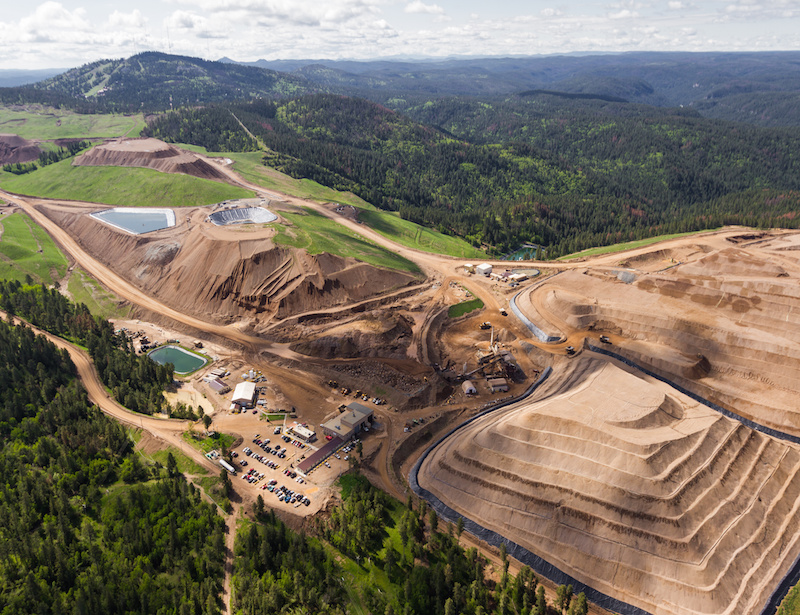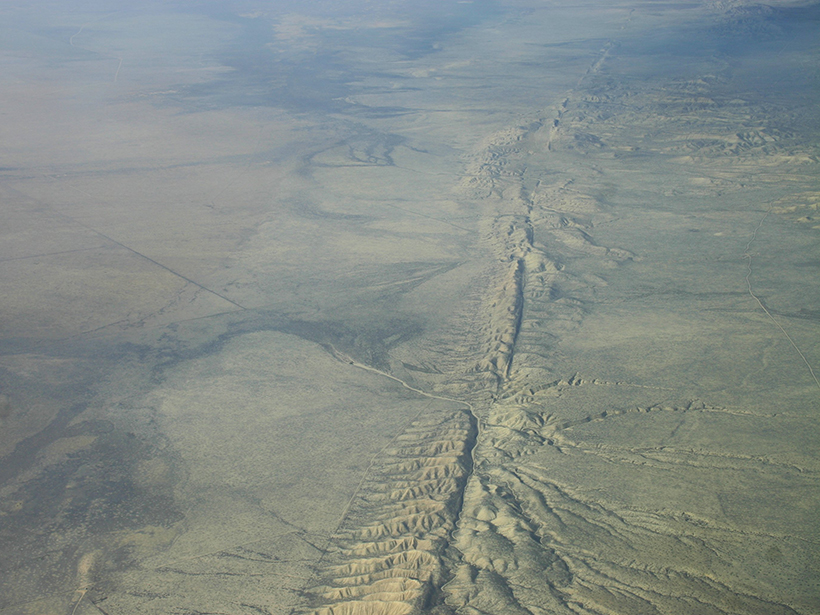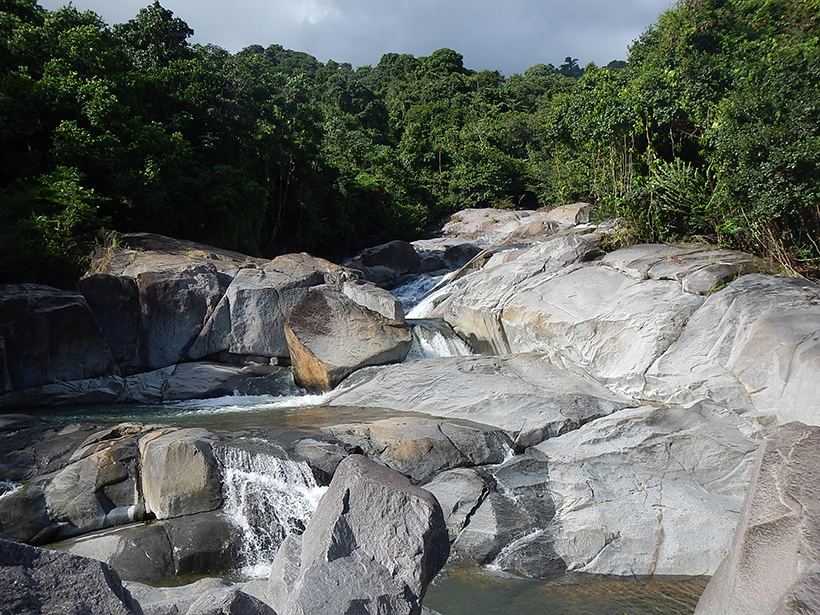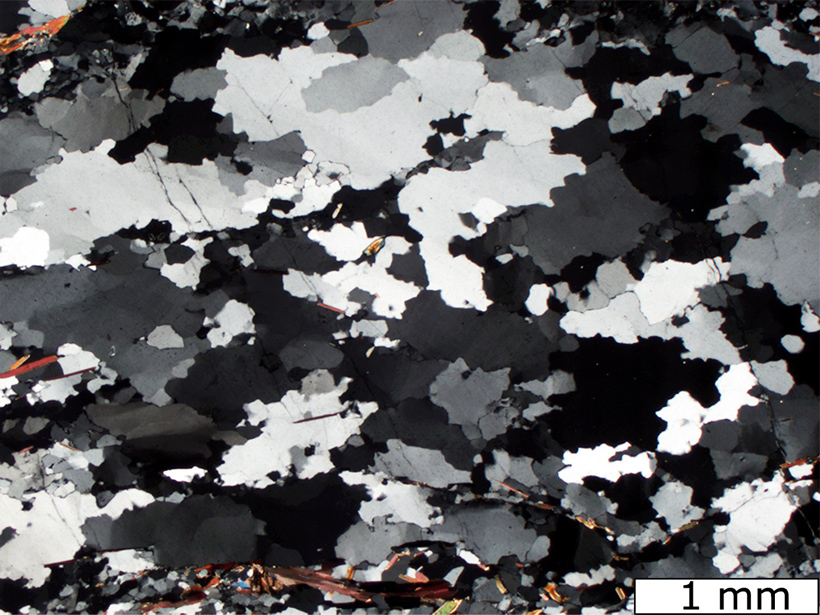Cryovolcanoes, landslides, and water ice all point to current activity, researchers found.
geology
Scientific Study Group Favors Recognizing Human-Influenced Epoch
A formal proposal could take 3–4 years to prepare and then would require evaluation and approval by other scientists.
Resourcing the Future
How do we ensure a supply of needed mineral and other resources while minimizing energy and water use and environmental impacts, as well as recognizing social justice, international equity, and more?
How Did Fragile Early Microbes Become Fossils?
During the Ediacaran period more than a half billion years ago, clay mineral coats likely shielded delicate remains, helping them become exquisitely preserved in rock, recent experiments suggest.
Cold Temperatures Set Off Slow-Moving Landslides
Falling ground temperatures in the cold season are found to trigger shallow, slow-moving landslides on slopes with clayey soil.
New Insights into North America’s Midcontinent Rift
The Midcontinent Rift has characteristics of a large igneous province, causing geologists to rethink some long-standing assumptions about how this giant feature formed.
Tiny, Deep Quakes Increase on San Andreas as Tides Tug on Fault
When the gravity of the Sun and Moon causes Earth's crust to bulge every 2 weeks, slow-moving earthquakes proliferate in the lower reaches of the San Andreas, a new study finds.
Earth Fissures May No Longer Get Mapped in Arizona
A program that monitors giant cracks in the ground that suddenly appear after heavy rain could become a casualty of budget cuts to the Arizona Geological Survey.
How Do Tropical Forests Slow Knickpoints in Rivers?
Using Puerto Rico's Luquillo Mountains as a case study, scientists use the region's geological history to study how knickpoints—areas where there's a sharp change in the river's slope—move over time.
Despite Dryness, Quartz Grains Can Deform in Earth's Crust
A comparison of water content in undeformed and deformed quartz indicates that grains may change shape via weakening processes that cannot be duplicated in laboratory experiments.


